Polo is considered the sport of kings. Its beach version, in Miami, is spectacular both in the pre-event, during the competition, and the post-match events, which are only comparable to the most exclusive of F1 or golf.
The world's most premium brands have a great stake in Miami and throughout the tournament as princes, sheiks, millionaires, top designers, and celebrities are big fans of this sport.
It is a sport that originated in Argentina and Uruguay and for more than 15 years has been a worldwide boom.
One of the most prominent events in the world of beach polo is the Miami Beach Polo Championship, which is held annually in the city of Miami, Florida. The championship has been an annual event since 2005, attracting some of the best beach polo teams and players in the world.
The Miami Beach Polo Championship takes place on South Beach, which is one of the most famous and visited beaches in the world. The location is perfect for this event, as it provides ample space for teams to compete and for spectators to enjoy the sport and the sun.
The championship:
The Miami Beach Polo Championship attracts teams from all over the world, with players from Argentina, Uruguay, Brazil, Mexico, the United States, and other countries. These teams are some of the best in the world at beach polo and compete in a series of matches to determine the tournament champion. La Dolfina team from Argentina has been one of the undisputed protagonists of this tournament.
The championship is important because it is one of the few high-level beach polo events held in the United States. Additionally, the location in Miami makes it accessible to a broad audience, including many international tourists visiting the city. The event is also a great opportunity for luxury brands to associate with the sport and reach a high-net-worth audience.
Miami Polo Beach attracts a large number of spectators each year, and numbers have been increasing over the years. The event is a great opportunity for beach polo fans to see some of the best teams and players in the world compete in a spectacular environment. It is also a great opportunity for sports fans in general to enjoy an exciting and unique event.
Several luxury brands participate in the event as sponsors, including Rolex, which is one of the main sponsors of the tournament. Rolex has long been a supporter of the sport of polo, and its association with the Miami Beach Polo Championship is just one of the many ways the brand supports the sport worldwide. Other luxury brands participating in the event include Tiffany & Co., Hublot, Cartier, and Piaget.
As for the teams that typically play in the championship, there is a wide variety of teams that compete each year. Some of the most prominent teams include the Argentinean team La Dolfina, which has won multiple beach polo championships worldwide, as well as the Brazilian team São José, which has been one of the strongest teams on the beach polo circuit for several years.
In addition to Latin American teams, there are also several American teams that compete in the championship.
Since its first edition in 2005, the Miami Beach Polo Championship has seen several teams from different countries win the tournament title.
Some of the winning teams in previous editions of the championship include:
2005: Cetacea (United States)
2006: Brazil CT (Brazil)
2007: The Surf Lodge (United States)
2008: Sao Jose (Brazil)
2009: Cetacea (United States)
2010: La Dolfina (Argentina)
2011: La Dolfina (Argentina)
2012: Casa de Campo (Dominican Republic)
2013: La Dolfina (Argentina)
2014: La Dolfina (Argentina)
2015: La Dolfina (Argentina)
2016: Seminole Casino Coconut Creek (United States)
2017: La Dolfina (Argentina)
2018: Seminole Casino Coconut Creek (United States)
2019: La Dolfina (Argentina)
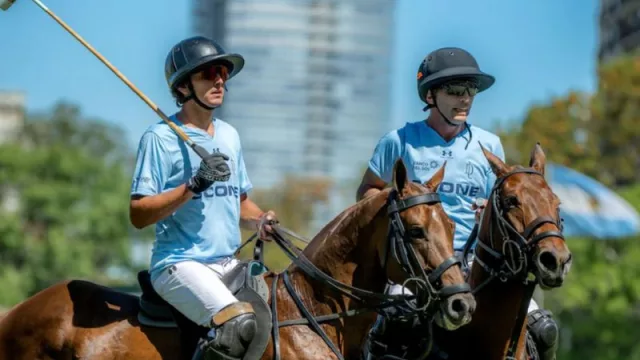

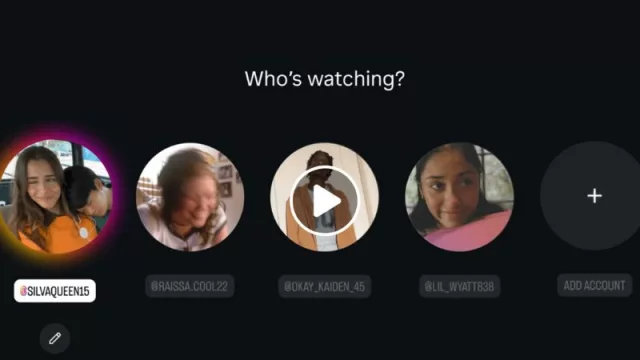
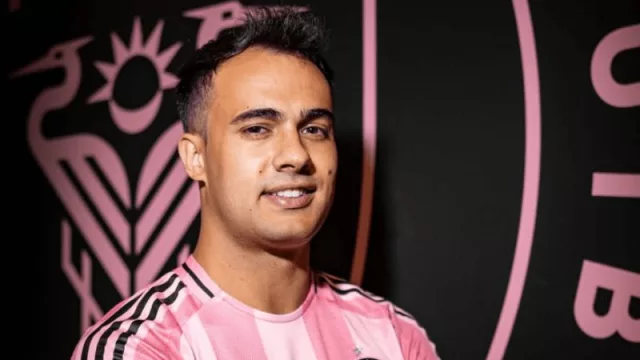

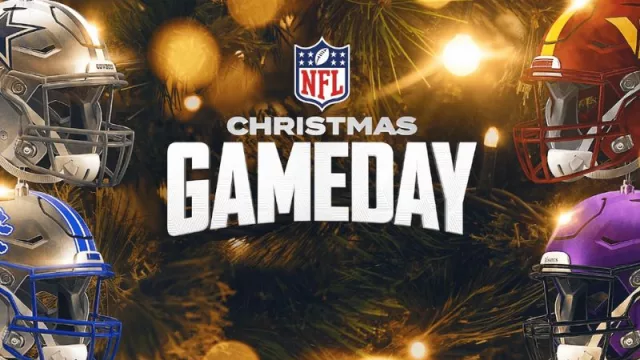
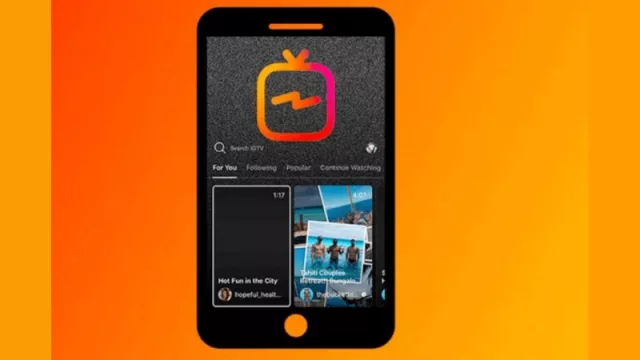





Tu opinión enriquece este artículo: